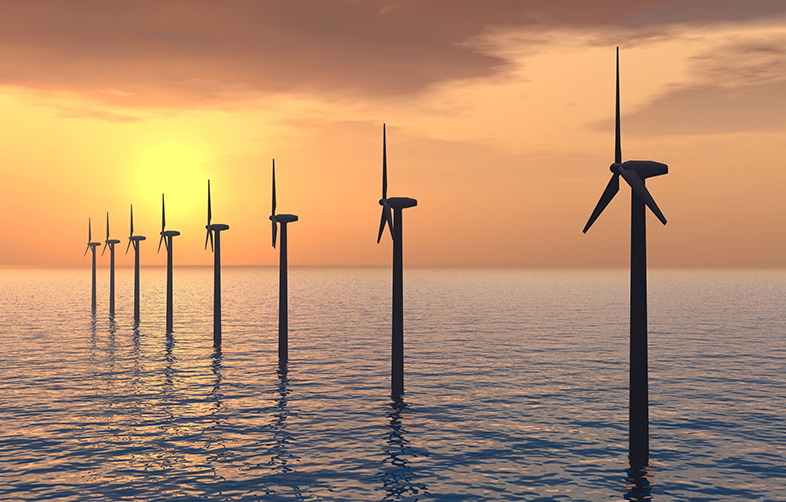2 Energy and power in the wind
The kinetic energy associated with a volume of moving air is equal to half its mass, m, times the square of the velocity,
Using basic physical principles, the maximum power that could be delivered to a wind turbine by a flow of moving air is proportional to:
- the density of the air
- the area of the rotor
- the cube of the wind velocity.
The density of air is lower at higher elevations (e.g. in mountainous regions), and average densities in cold climates may be significantly higher than in hot regions. Also, wind velocity has a very strong influence on power output because of the ‘cube law’. For example, a wind velocity increase from 6 ms–1 to 8 m s–1 will increase the power in the wind by a factor of more than two.
The power contained in the wind is not in practice the amount of power that can be extracted by a wind turbine because losses are incurred in the energy extraction/conversion process.
There are many different types of wind turbine, as you’ll see in the next section.

